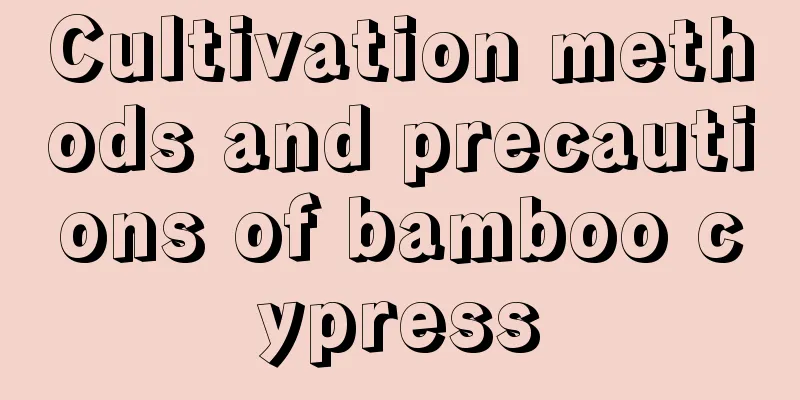How to grow hydroponic flowers

1. Maintenance methods1. Temperature: Depending on the specific variety, the temperature requirements will also vary. However, hydroponic flowers are usually placed indoors, and the temperature is generally more suitable. Generally, no special adjustment is required, and it can be between 15 and 30 degrees. It's never too hot or too cold indoors. 2. Light: Hydroponic flowers generally have certain requirements for sunlight and should not be placed in too dark places. Considering that they need a certain amount of sunlight to bloom, and the intensity of sunlight indoors will not be too high, it is okay to place them near the window or on the balcony. 3. Changing water: For hydroponic flower varieties, changing water is a very important step. The frequency of water changes varies in different seasons. In summer, it usually needs to be changed every three to five days. In spring and autumn, you can change it once a week. In winter, it should be changed about once every half a month. 4. Fertilization: Hydroponic flowers also need fertilization, but solid fertilizers should not be used. Generally, various nutrient solutions are used, and various foliar fertilizers can also be used. 2. Breeding techniques1. Reproduction: Different varieties have different reproduction methods. Here is an example, which is the method of peeling sucker buds. Suitable varieties include pineapple, Clivia, etc. This method is relatively simple and easier to survive. Select the larger tiller buds on the plant and cut them off with a sharp knife. After washing them, you can grow them hydroponically. 2. Pruning: Hydroponic flowers do not require pruning as often as soil-grown flowers, but they still need pruning sometimes. Especially when yellow leaves appear, be sure to cut them off. Furthermore, the flowers that have dried up also need to be cut off. In addition, its root system also needs to be repaired. There will be some rotten roots, which should be cut off in time. 3. Problem diagnosis and treatment1. Diseases: Relatively speaking, hydroponic flowers do not get sick very often, so prevention can be the main approach, with regular spraying of fungicides, etc. 2. Pests: Relatively speaking, there are not too many pests because there is no soil for them to live in. Just like diseases, prevention is the main focus. IV. Other issues1. Toxicity: This depends on the specific variety. Some flowers are poisonous, while others are non-toxic. 2. Can it be grown at home: Hydroponic flowers are generally more ornamental and suitable for home. |
Recommend
What is the use of stir-fried dandelions? What is the difference between stir-fried dandelions and not stir-fried dandelions?
1. What is the use The dandelions are cooked afte...
How to grow Brazilian wood at home
Can Brazilian wood be cultivated at home? The Bra...
What to do if you water too much coconut water
Too much water on the rich coconut Judgment : If ...
A comprehensive list of ten plants with amazing appearance!
1. Swan Flower: The shape of the flowers is simpl...
The leaves are all green, right?
1. Is this statement correct? Many of the leaves ...
The meaning and language of sunflowers
1. Silent Love, Brightness, and Warmth There are ...
What to do if the leaves of the big leaf green radish turn yellow
1. Improper lighting Reason: Light is an importan...
Uncle Li turned his balcony into a "small garden". I'm so envious. I want to make one when I get home!
I wonder how everyone’s balcony is decorated. The...
How to propagate Allium grandiflorum
Propagation of Allium grandiflorum by division Th...
Do I need to water the camellia after transplanting it? How long does it take for the camellia to survive after transplanting it?
1. Do you need to water the plants after transpla...
The role of the Buddha lotus
Watch The Buddha Seat Lotus is also called Guanyi...
In which month are broad beans usually sown?
As an important agricultural crop, broad beans ha...
What flowers are suitable for growing in Huaihua? What are the city flowers and trees?
1. Climate characteristics of Huaihua Huaihua is ...
How to make cyclamen bloom continuously and what to do after flowering
1. How to make cyclamen bloom continuously 1. Con...
When is the best time to plant potatoes?
1. When is the best time to plant? The time for p...









